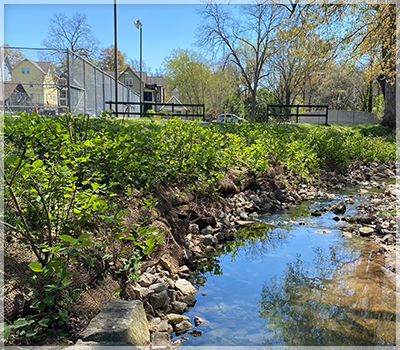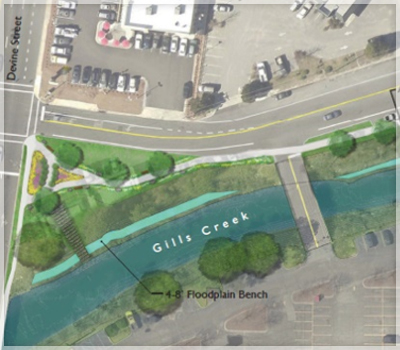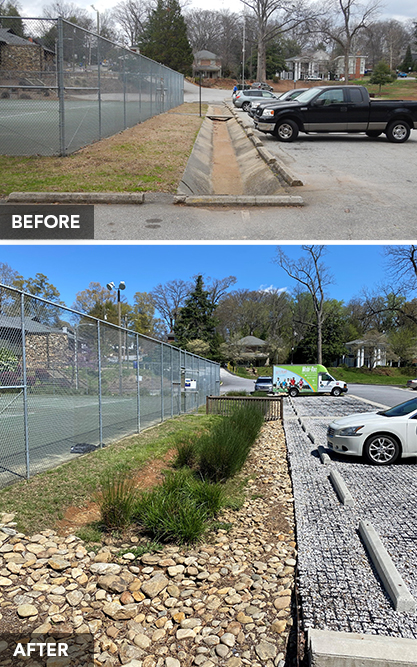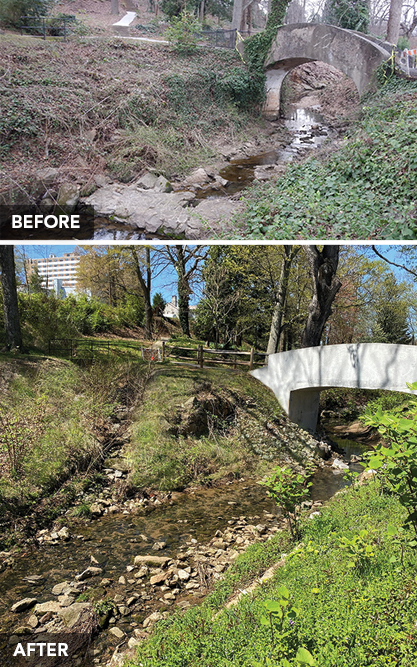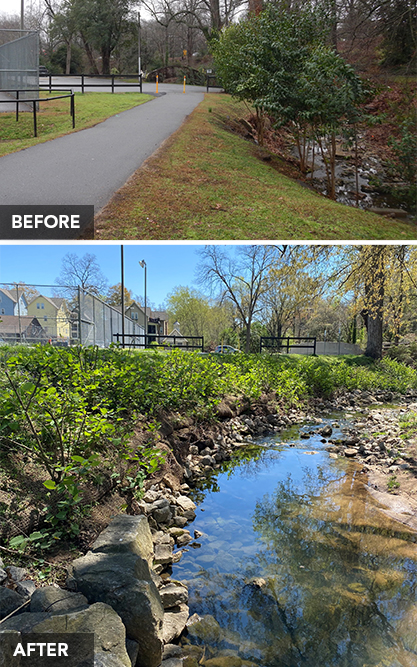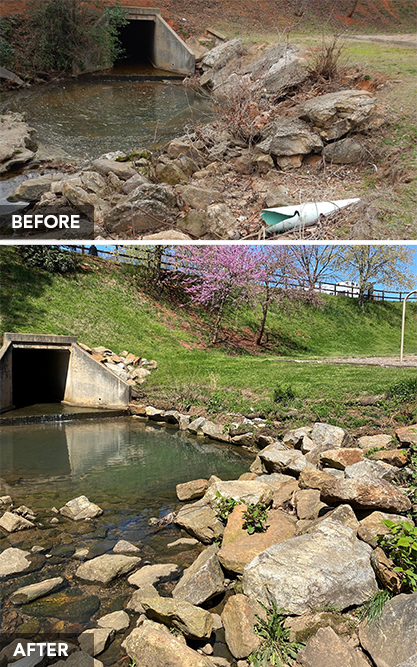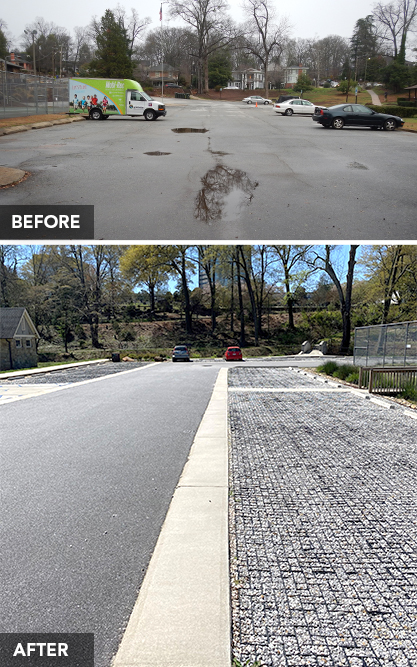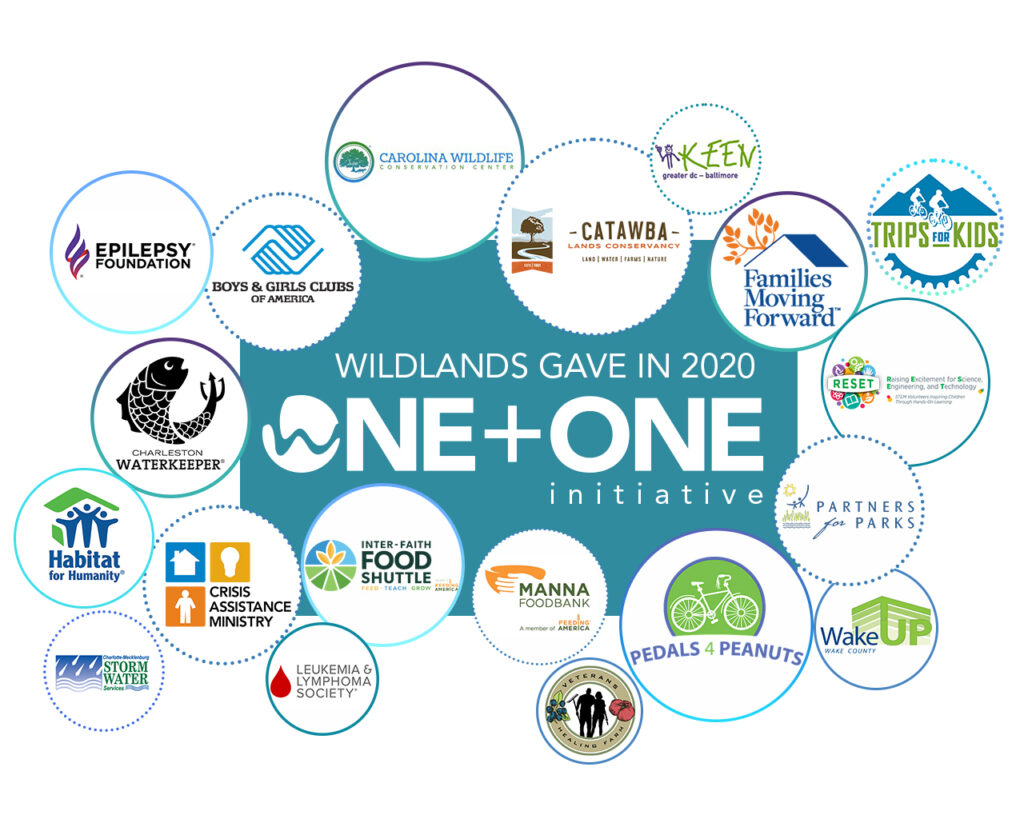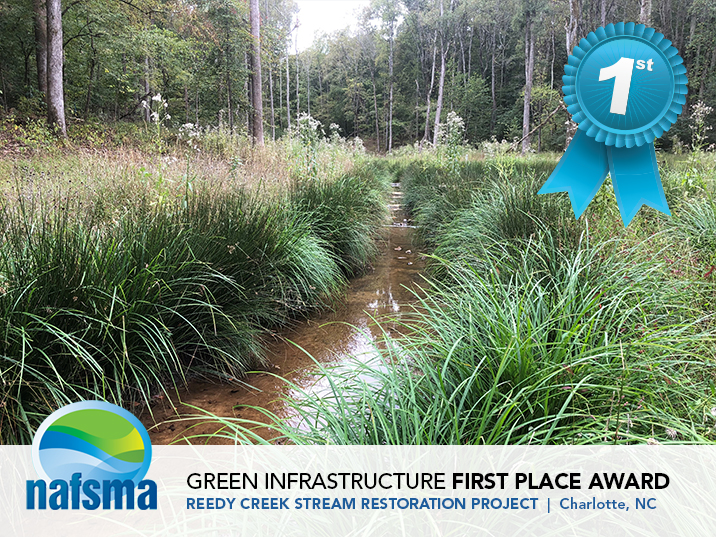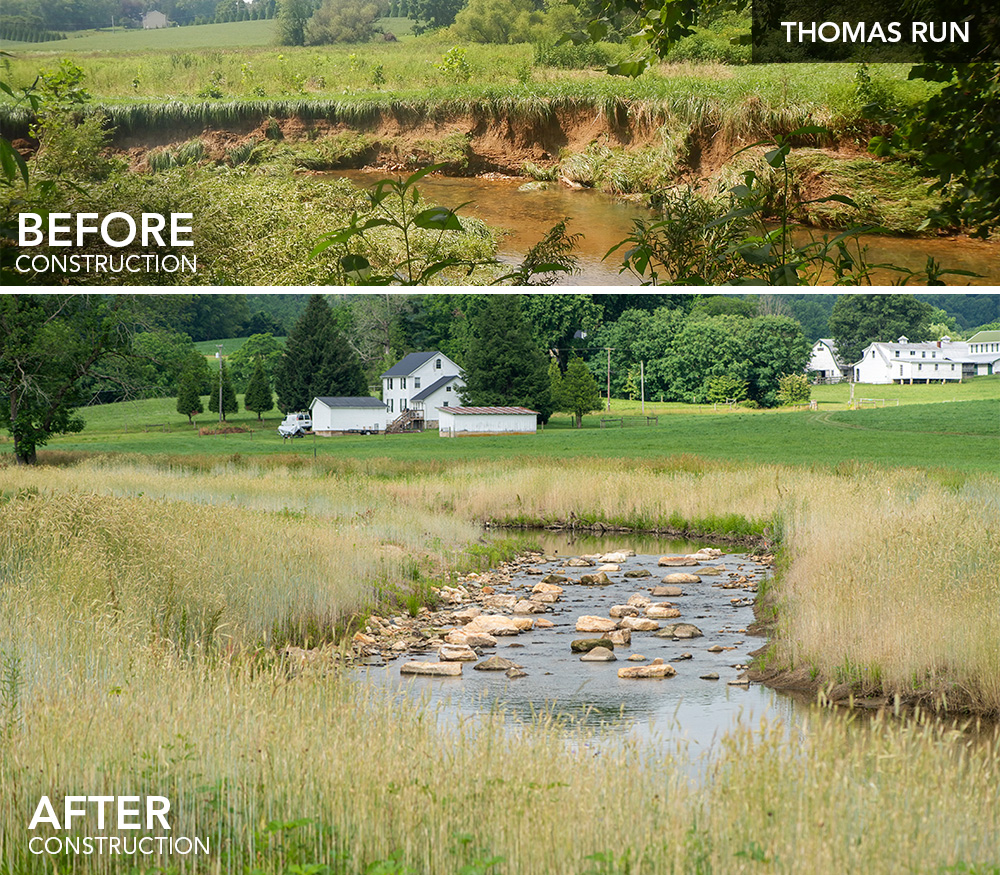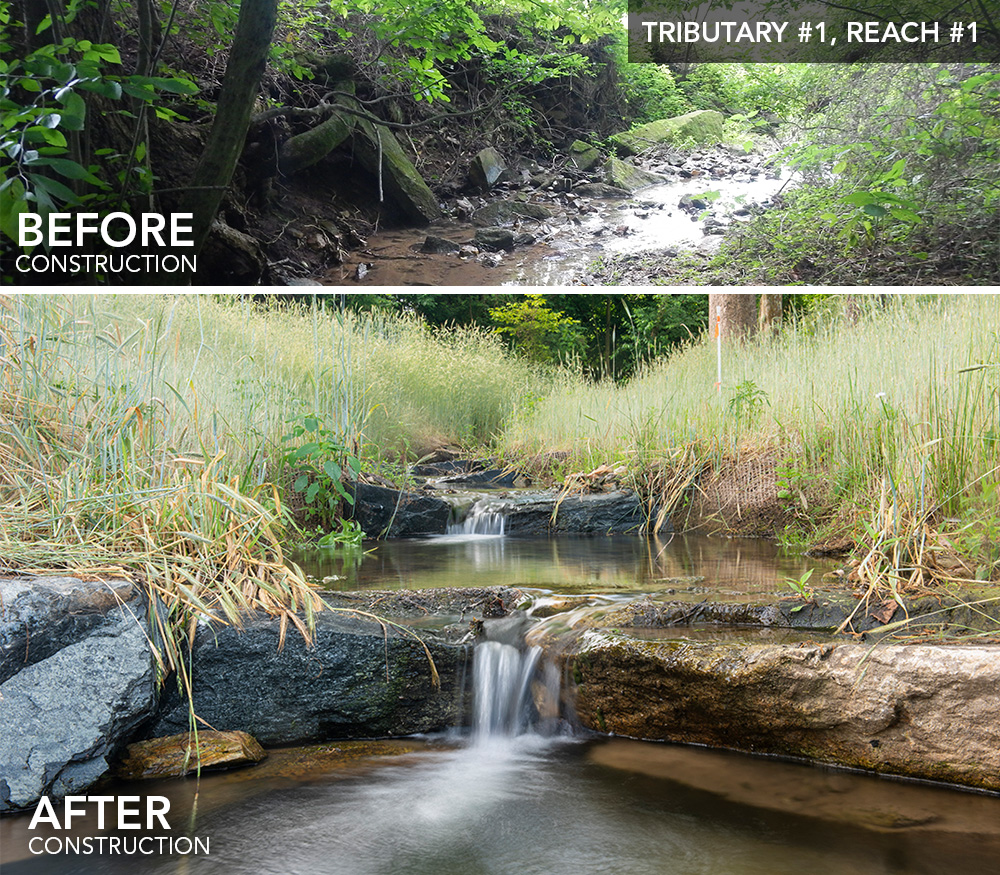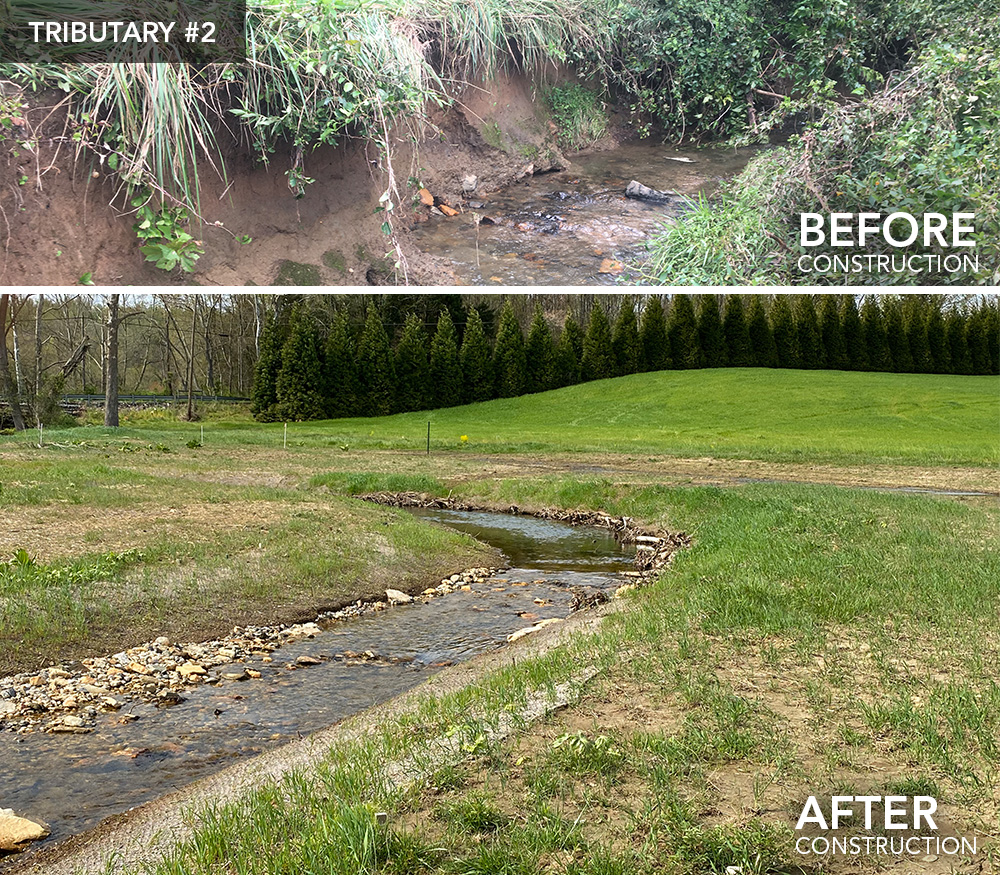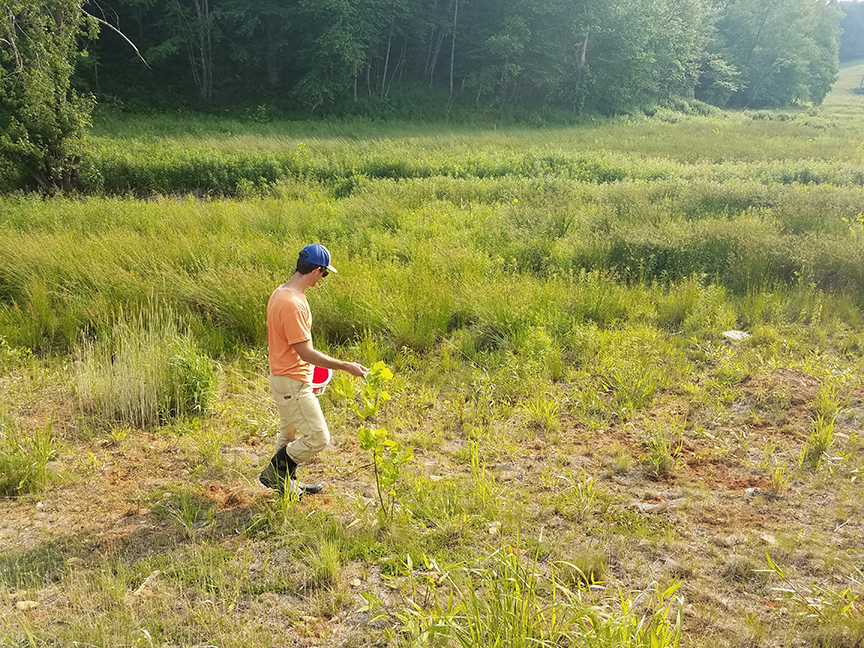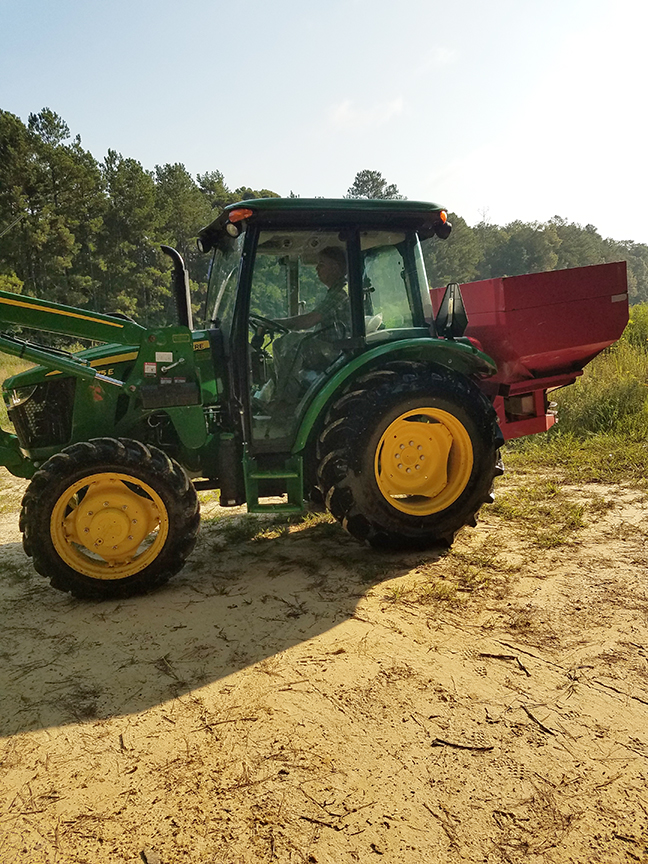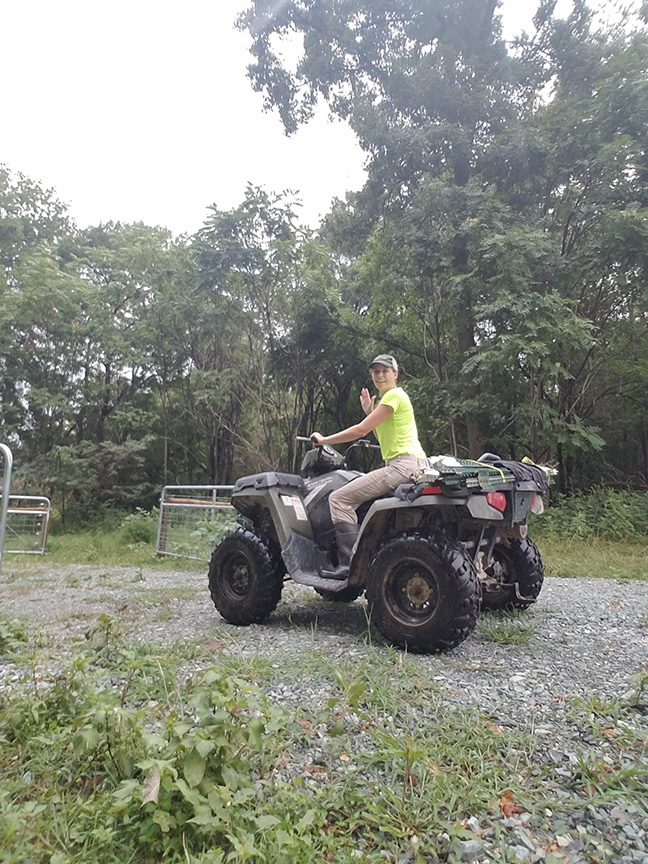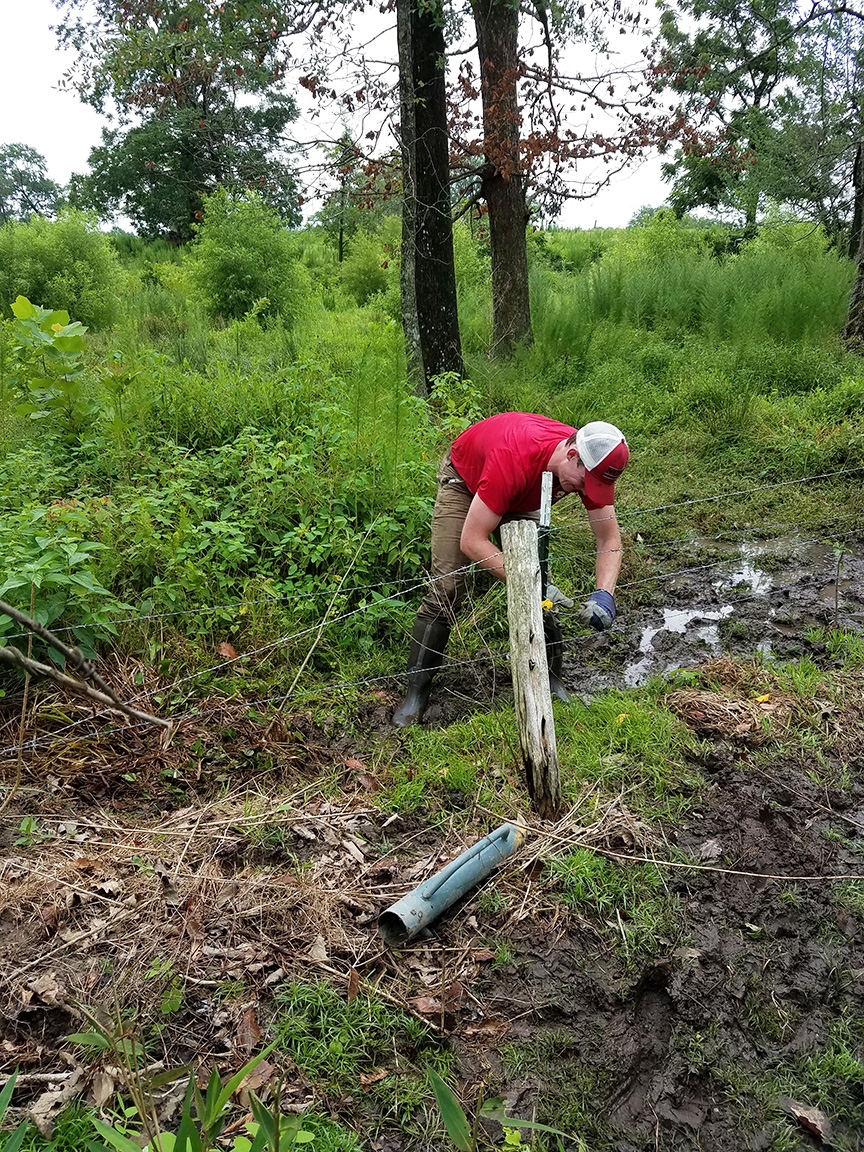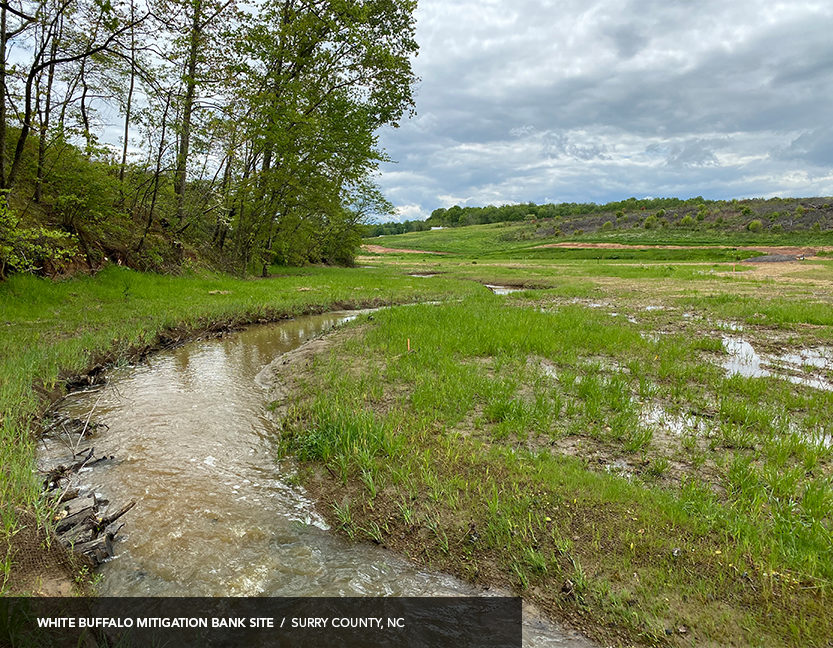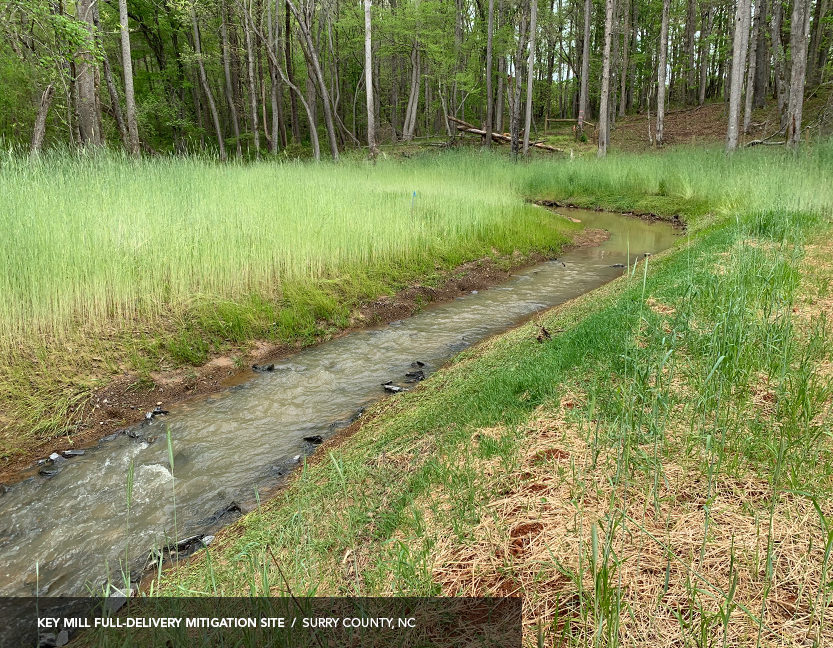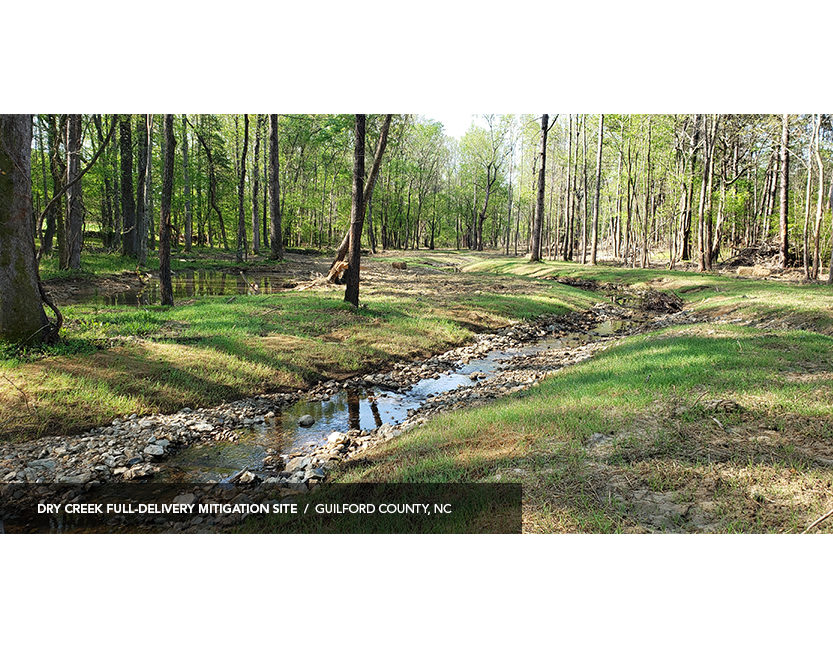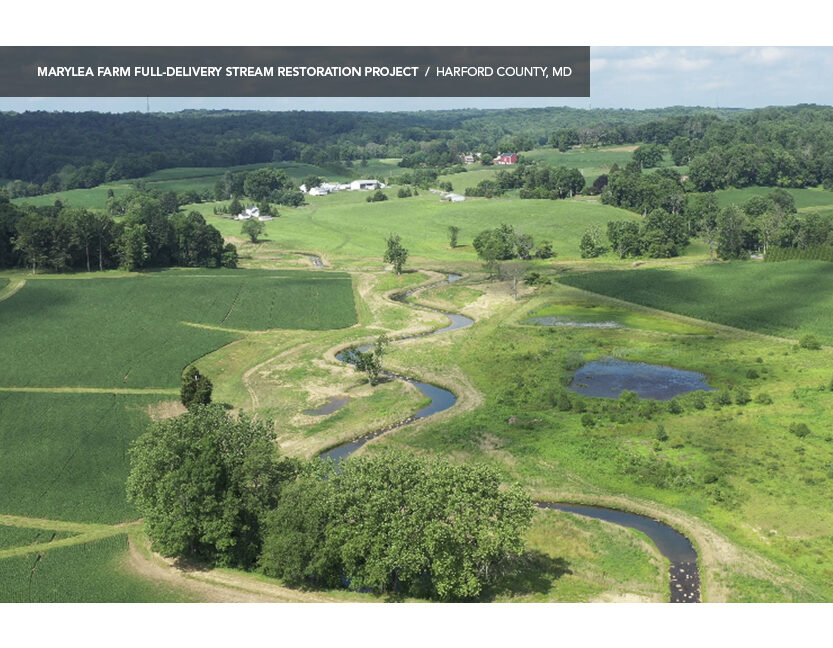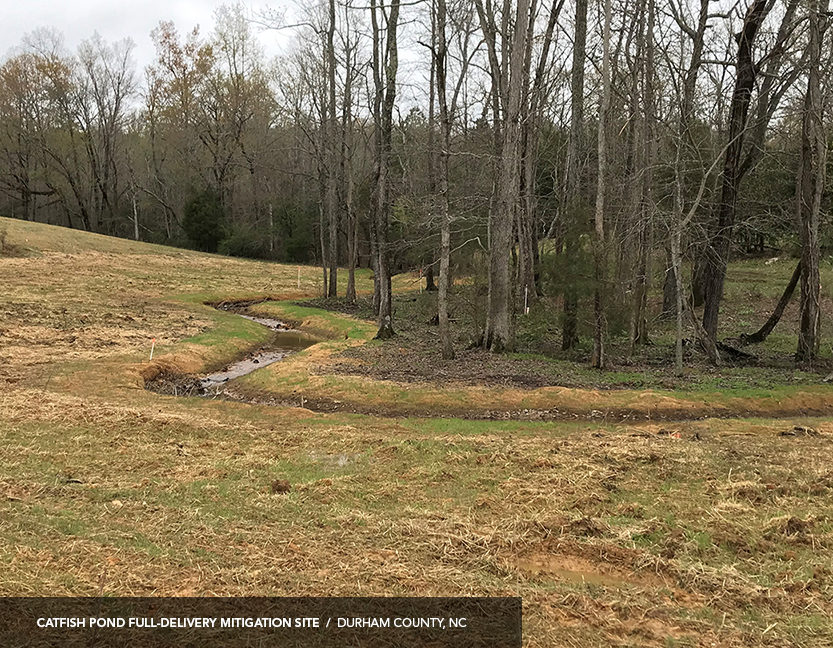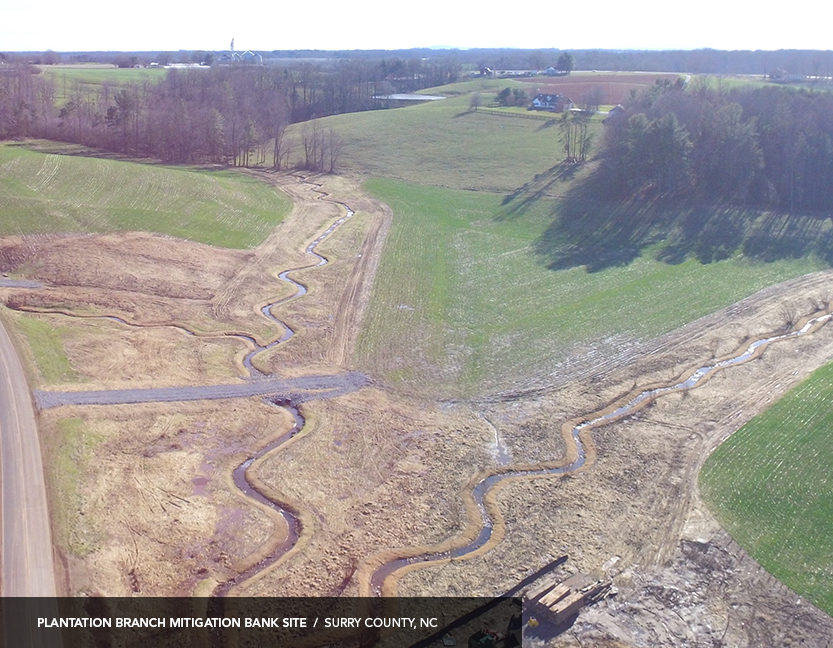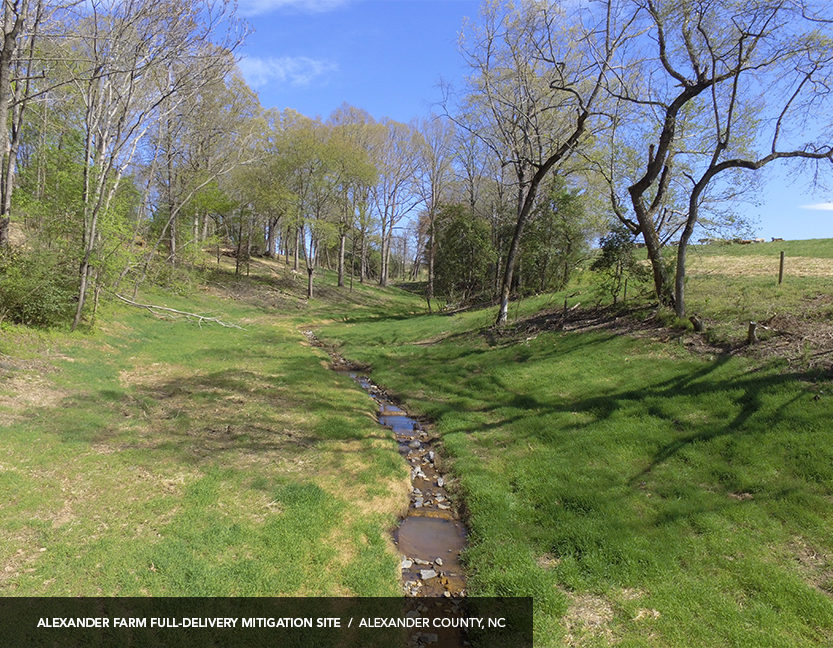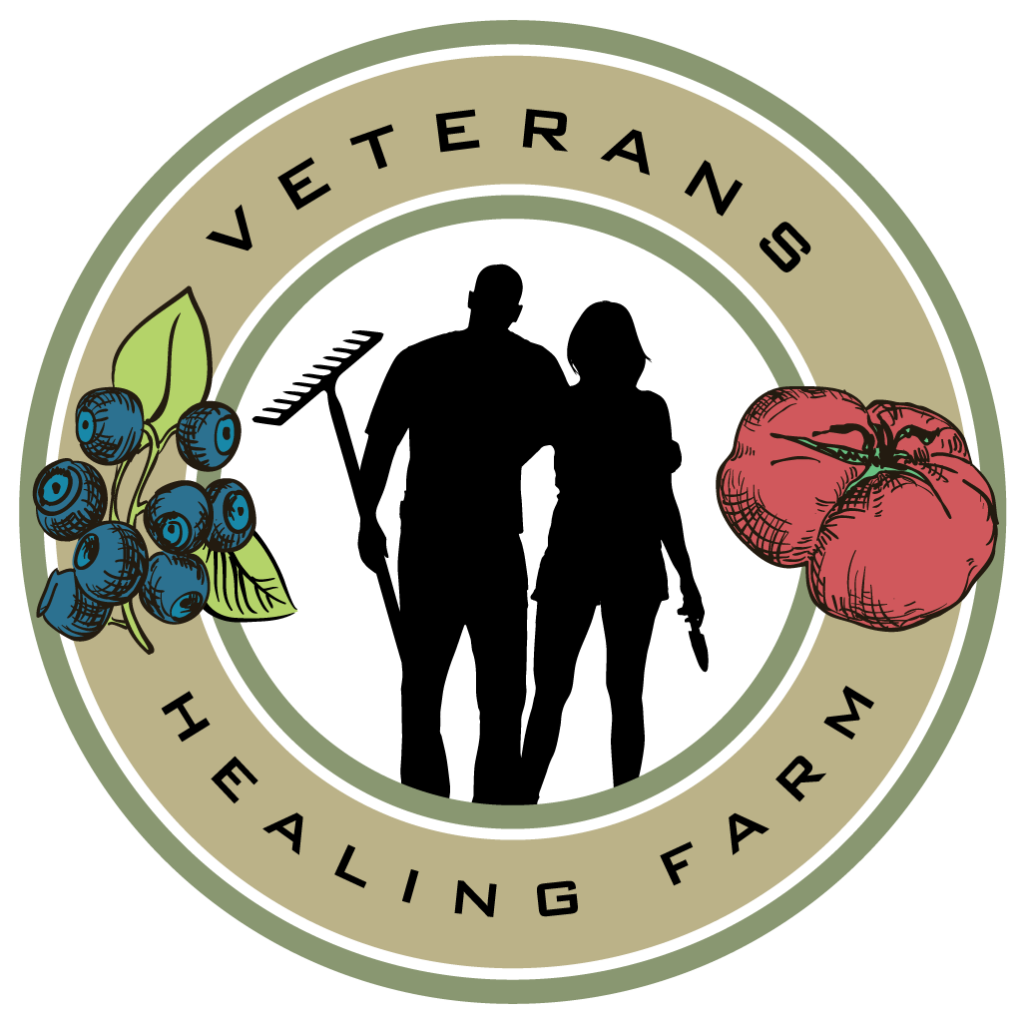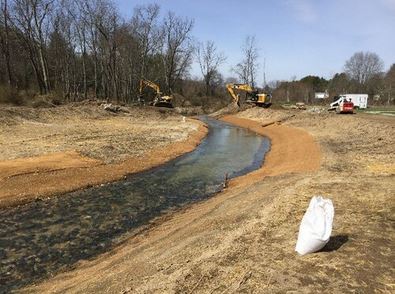Wildlands Completes Ward Mill Dam Removal
Wildlands recently partnered with the Blue Ridge Resource Conservation & Development Council, MountainTrue, and American Rivers to remove the Ward Mill Dam, located in Watauga County, NC. The dam was a concrete and rock structure approximately 25 feet high and stretching 110 feet wide across the river. The on-site historic mill and powerhouse, which served the community for over a century, was preserved and protected in place. The removal of the dam has reconnected 35 miles of aquatic habitat in the mainstem of the Watauga River, dozens of miles of tributary reaches and has returned free-flowing aquatic habitat and greater resiliency for the eastern hellbender, native fishes, mussels, and other riverine species. The North Carolina and Southeast Aquatic Barrier Prioritization tools highly ranked Ward Mill Dam as a removal priority for the connectivity benefits.
Wildlands conducted assessment and sediment analyses to evaluate impounded sediment volume, sediment potential for contamination, and to analyze the ability of the Watauga River to assimilate sediment release from the dam removal and develop a sediment management plan. Wildlands used USGS gage flow data, sediment grain size distribution analysis, and hydraulic and sediment transport modeling to support project recommendations.
Also, check out this project video by Blue Ridge Resource Conservation & Development Council.



